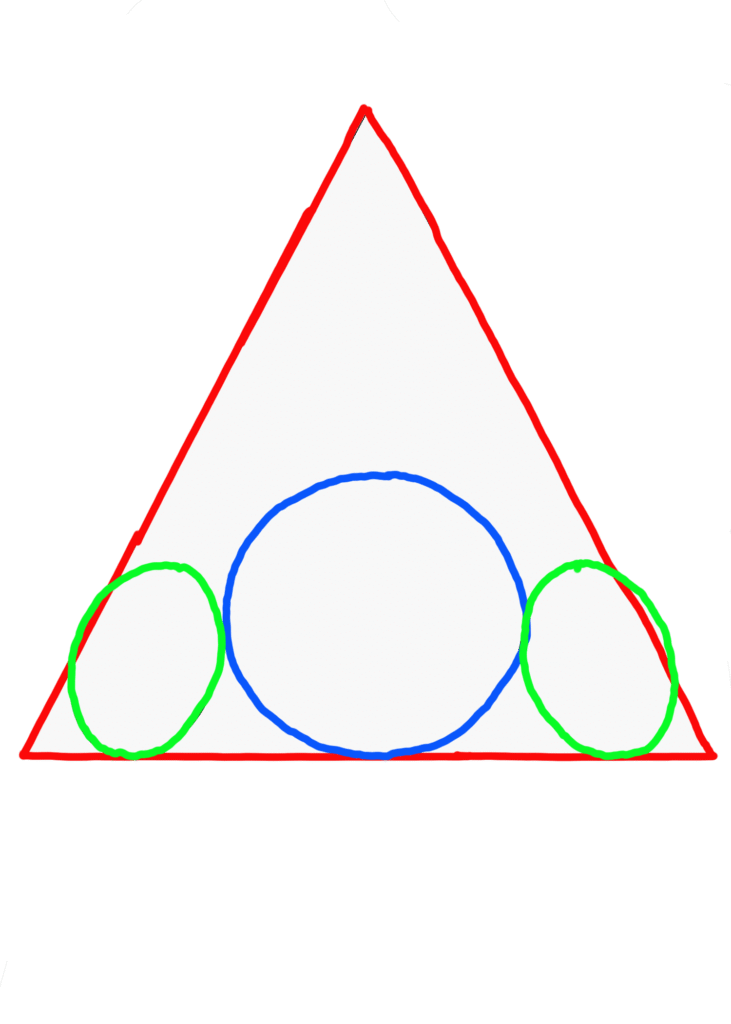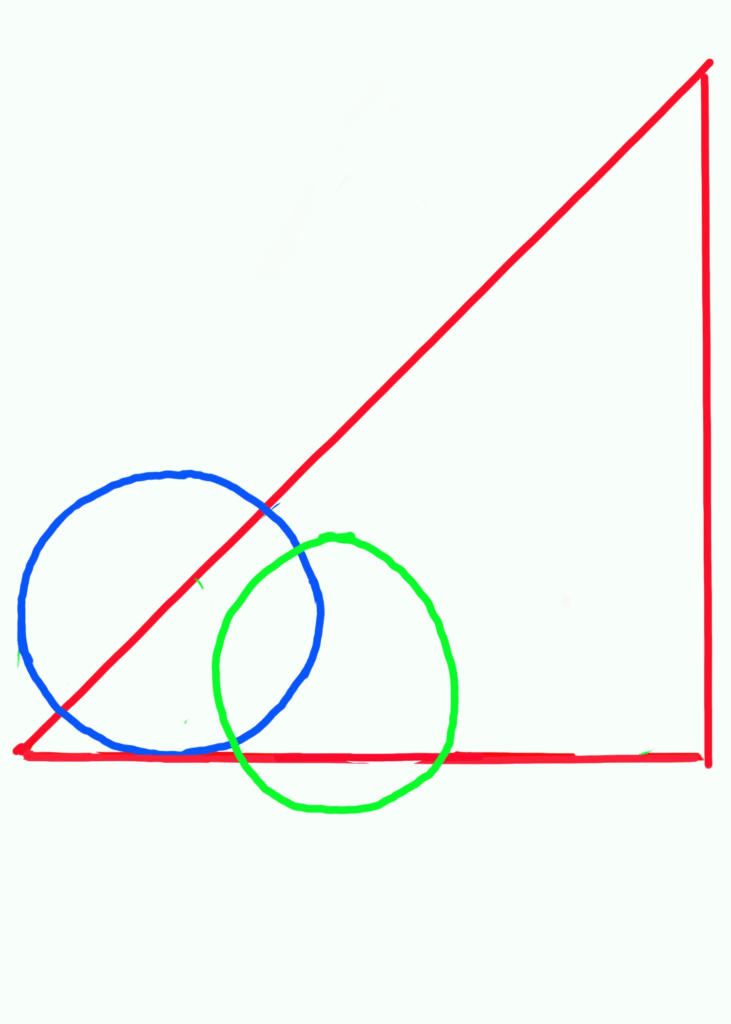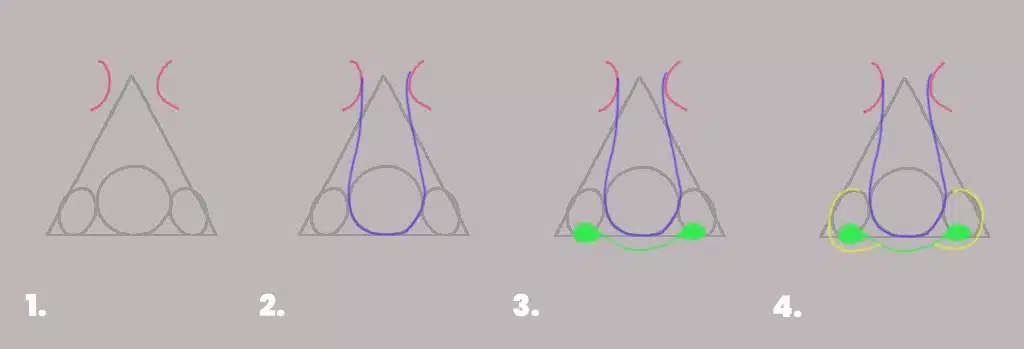Introduction
The nose can seem tricky to sketch, but with practice and a few easy steps, a realistic-looking nose can be had! In todays blog, we will break down the process into steps that will stick with you as you practice and practice and… practice. There is no other way to say it, but practicing is needed to develop these steps by memory, so when it comes to having to sketch a face, say on the spot, your mental library will kick in.
As with all things in art, we will use simple shapes that will turn into a beautiful nose when finished. The process we will be using is sketching our shapes, add shadows for depth and value and finish up with the little details. We’ll take our time, as what we are doing now is only practice for the real thing. If you’re ready, I am…
Step 1 - Look At the Nose as Simple Shapes
First off, if we look at a nose and think about what we see, we see a triangle, a circle at the bottom of the triangle and two ovals as the “wings” or nostrils which one will be on one side and the other on the other side of the circle (though depending on the angle of the nose (or face) we may only see one nostril). In our example below the nose is facing us:

The figure below demonstrates a nose looking left or right of us (or profile view) using the same simple shapes as shown above.

No matter which example you use, use very light lines to start out with. So, if we are going to do this, let’s do it!
Step 2 – Sketching the Nose

Now is where the real magic is going to happen! Turning the triangle into a Nose.
- Starting at the top of the triangle, we can place a slightly curve line on each side of it. This is the area between the eye, and they say that distance is approximately the same width as an eye.
- Next, we will sketch a line down and under the circle; we can do this on both sides. If you think about it, you made a shape of a “U.” It’s a long U, but nonetheless a U.
- Following that we will make our nostril openings (not the nostrils themselves). We’ll also come down a bit from the bottom of the circle to do this. Making loops on each side of it and connecting the tails. Note nostrils are not complete circles, maybe ovals and the shapes of each may be different too, depending on the angle and such. You could also shade in the nostrils and a little shading under the circle to show shadow under the nose. It should start looking like a nose!
- Now we can make the nostrils themselves, starting on top of the ovals making a “c” type shape going under the nostril openings.
Step 3 – Shading or Adding Depth and Value to Our Shapes
Hopefully and a good practice to get yourself into is not making your lines so dark, but if you did that’ll be alright too. If you know me by now through my first and second blogs, I try and stress practice makes perfect, and you’ll catch on. I say this as far as making your lines lightly because you’ll probably need to do some erasing here and there. And what we are going to do next, is the beauty of it all. I hope you watch the video below; you will see that I am using a computer in demonstrating this, but this process is also exactly how I go about it if I was doing this traditionally (on pencil and paper).
Some things to think about, like where is the light coming from on your nose. Where the light is, is where the shadows will be the lightest and opposite of the light is where the darkest of shadows are.
- With that thought in mind. Shade in the dark areas, that’s away from the light source.
- The nostrils will probably be the darkest of the whole nose. So, we’ll shade those the darkest no matter where the light is coming from. But we always want to be aware of our light source as we work the nose.
- The bridge of the nose as well as a portion of the wings will probably be some of the lightest areas of the nose. Next, we will shade the bridge where we use less shadow on top and as we guide down the plane we darken both side; and the opposite side of nose may be a bit darker yet.
- Shadow the underneath tip of the nose and lighten it as we get close to where the lips are at.
Finishing Up and Refining the Sketch
At this point we could step back and look at the sketch and make any refinements that may need help, smoothing areas, erasing unwanted stuff and generally making sure the nose looks like a nose and is round. The nose should be very close if not even looking realistic and clean.
- We’ll soften any hard lines of the nose (except maybe the nostrils themselves).
- May darken the nostrils a bit if need be.
- If your nose is actually on a face, you can add texture like dots or strokes for any pores or freckles (just don’t get crazy with it).
- Is your light source accurate going the direction it’s supposed to, then I would say we are finished with our nose.
Now that we are done, we need to keep practicing this process to help our mental library. Good job!
Conclusion
We have successfully learned how to sketch a nose with simple shapes, added depth and value using a light source where the surface closes to the light is lighter and the surface farther is darker. By adding value to the nose, we have created a three-dimensional look to the nose, making it look realistic and functional.
Remember to practice, because sketching is a skill that as you practice, it’s going to get better, faster and stay in your memory longer. As you practice know that all noses look a little different so light and features of a nose will change a bit, but what you learned here will basically remain the same, the foundation.

